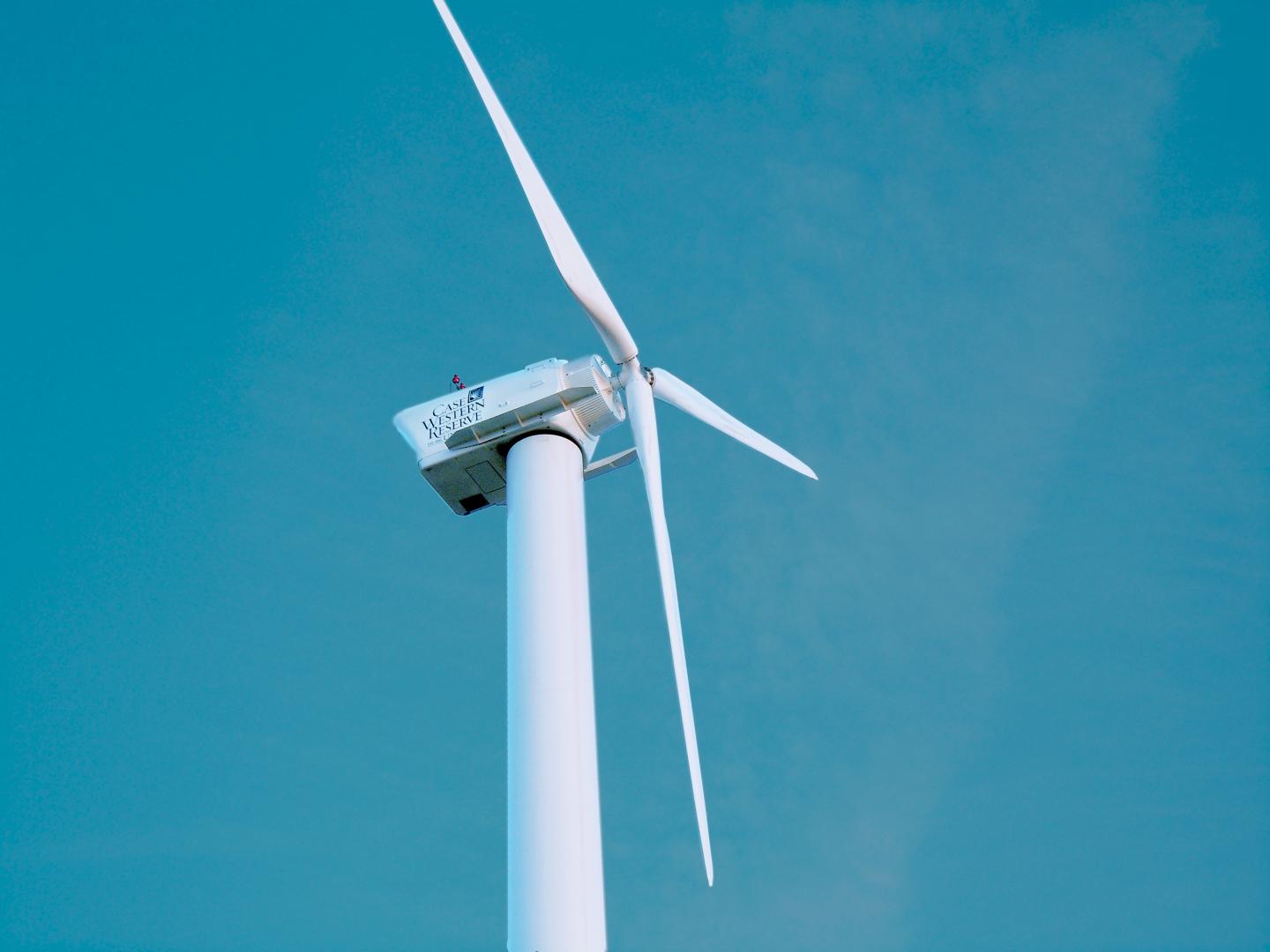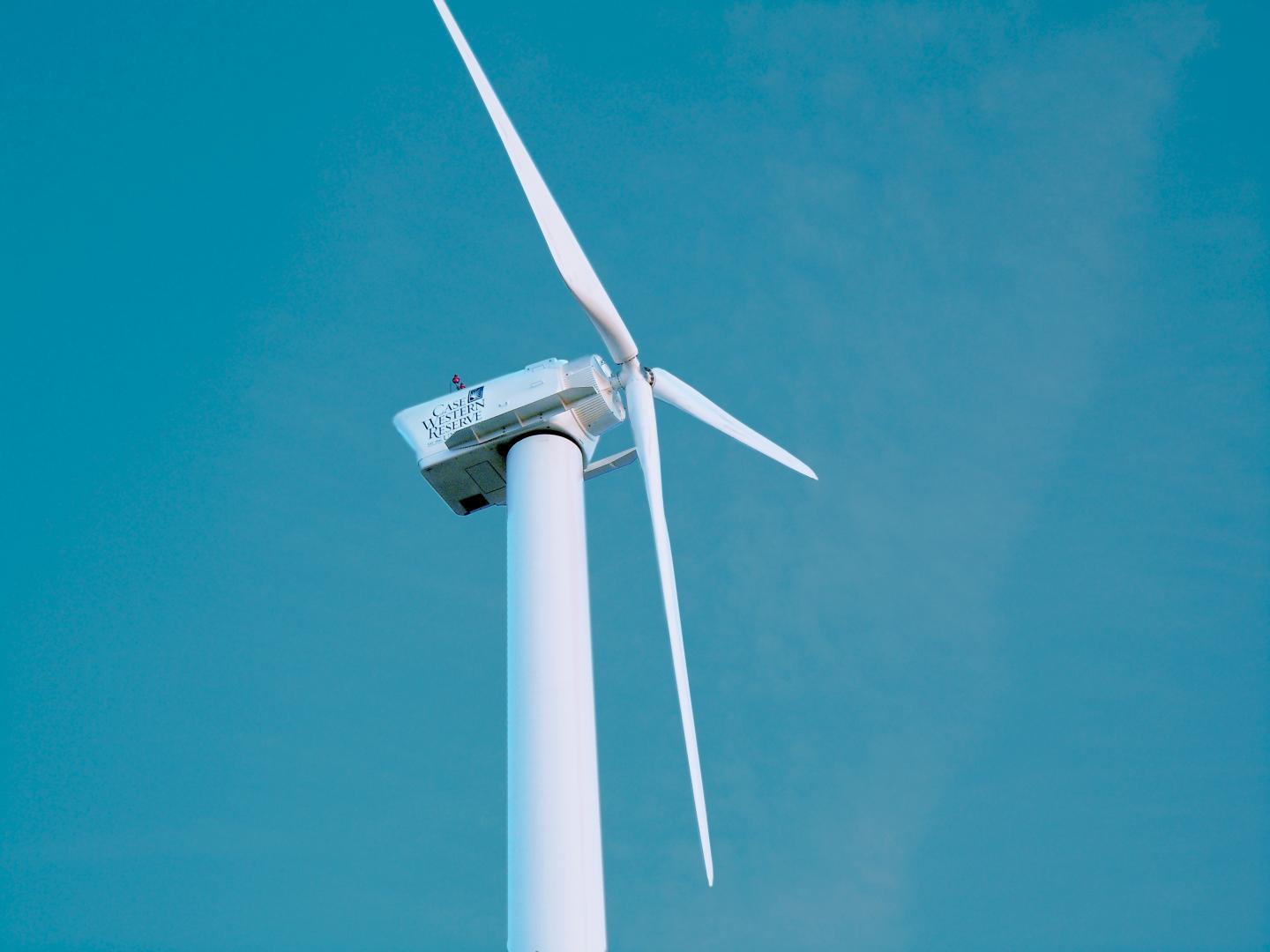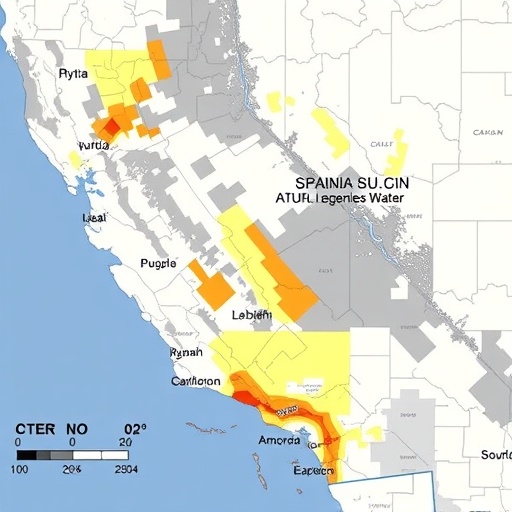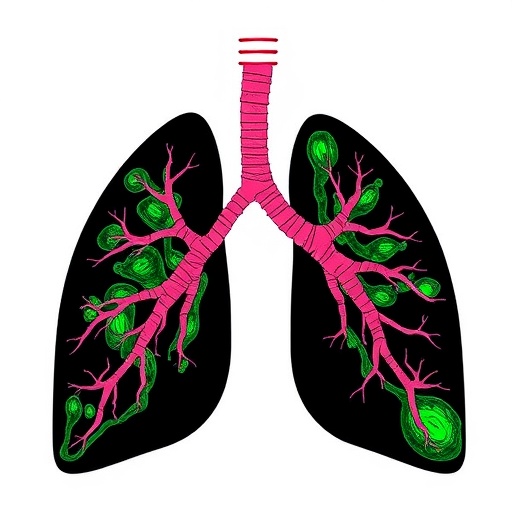
Credit: Case Western Reserve University
Case Western Reserve University, NASA Glenn Research Center and the University of Toledo will serve as "living laboratories" that demonstrate the value of integrating distributed energy sources with the assortment of devices, equipment and other power consumers within buildings and across the grid.
The effort begins this month with a one-year award administered by Pacific Northwest National Laboratory (PNNL). The Department of Energy-funded project is an expansion of transactive control demonstration activities ongoing at PNNL. Corporate partners FirstEnergy, Eaton Corp., Siemens and Johnson Controls are participating in this three-site activity. The total project investment from DOE and industry exceeds $1 million.
Called the Northern Ohio Building-to-Grid Integration Demonstration, the project will develop and demonstrate strategies incorporating smart building technologies on the three campuses with traditional, solar and wind power sources; batteries used for backup power, meeting peak demand and for non-peak storage; electric vehicle charging stations and more. The research would benefit municipalities, utility companies, building owners and others.
"By using a 'living laboratory,' we can experiment with and demonstrate the real impact these distributed energy resources have and better position us to manage the grid of the future so that we save energy, maintain reliability, reduce costs and preserve customer quality of service," said Alexis Abramson, director of the Great Lakes Energy Institute at Case Western Reserve and the Milton and Tamar Maltz Professor of mechanical and aerospace engineering.
Congresswoman Marcy Kaptur (OH-09), who spearheaded efforts to include grid technology pilots in DOE funding legislation, welcomed the news of an Ohio-based collaboration. "Energy storage, renewables, and grid integration are linchpins in a bright new-energy future for the nation. This collaboration will help us to lead the way in launching new energy technologies borne out of efforts to produce the best research possible, from right here in Ohio," said Kaptur.
"Transactive control" is constantly managing energy in buildings and their connection to the grid, shifting the timing and quantity of energy use within a network of multiple power generators and energy-consuming devices.
"Such control of distributed resources on campus will optimize energy consumption across all conditions: when the sun is shining and the wind is blowing and when they're not; when buildings are occupied or vacant; maintaining comfort and reliable operation of the laboratories, classrooms and offices as supply and use varies," Abramson said.
Strategies may include setting a ceiling on daily electricity consumption in each building that, in turn, could require small to substantial steps, such as changing the thermostat setting or delaying the use of a lab air compressor.
"Whenever possible, users will anticipate peak use and reduce or delay the peak output to off-peak hours," said Mingguo Hong, associate professor of electrical engineering and computer science and a lead faculty member at Case Western Reserve working on the project, "Transactive control is an essential technology to enable Buildings-to-Grid Integration, a DOE initiative."
The system will be adjusted to mitigate solar and wind variability and regulate frequency and voltage, power correction and control.
As Case Western Reserve, NASA Glenn and University of Toledo meet milestones, they plan to seek funding for a second and third year of the demonstration project. Lessons learned will be used to expand the capabilities and applicability of transactive control and demonstrate its value to buildings, occupants and the grid.
###
Media Contact
Bill Lubinger
[email protected]
216-368-4443
@cwru
http://www.case.edu
############
Story Source: Materials provided by Scienmag





